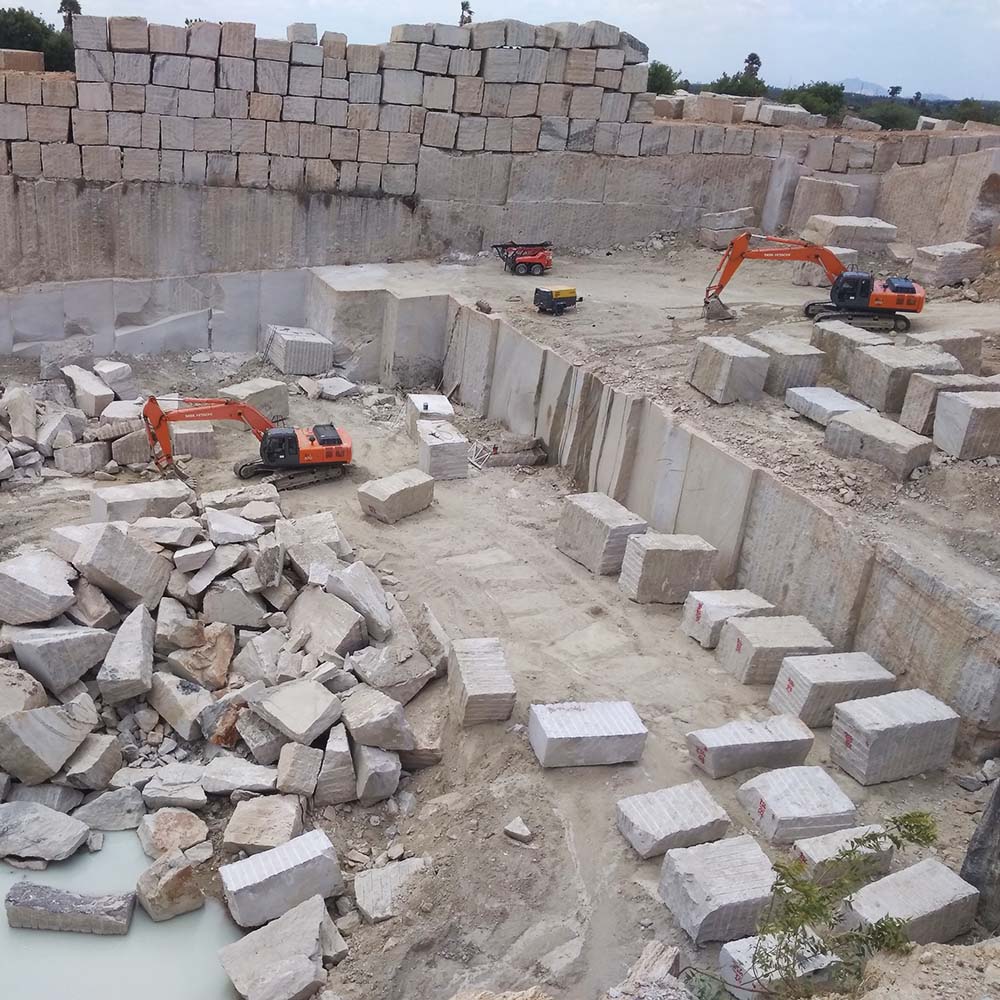Discovering Granite Quarries in South Africa Industry: From Quarry to Masterpiece
Discovering Granite Quarries in South Africa Industry: From Quarry to Masterpiece
Blog Article
Discovering the Rich Background and Sustainable Practices of Granite Quarrying
As we depend on the precipice of uncovering the elaborate tapestry of granite quarrying, a trip via time reveals not just the physical act of extracting rock yet also the social and historic value woven right into the very fabric of this practice. From the ancient origins that laid the structure for modern-day quarrying methods to the sustainable practices that are shaping the future of this industry, each chisel mark on granite surfaces tells a story waiting to be discovered (granite quarries in south africa). The heritage of granite quarrying stretches far past mere removal; it is a testimony to human ingenuity, resilience, and the long-lasting allure of this marvelous rock
Ancient Origins of Granite Quarrying
Going back to old worlds, the practice of quarrying granite has been an integral part of human background and building improvement. The earliest proof of granite quarrying dates back to ancient Egypt, where massive pyramids and intricate sculptures were crafted from this durable stone. The Egyptians used primitive tools to remove granite blocks from quarries, showcasing the significance of this material in their monumental building and constructions.
Progressing in background, the Greeks likewise made substantial contributions to the quarrying of granite. The Greeks used granite in various architectural marvels, such as temples and sculptures, demonstrating their skill in shaping and sculpting this durable rock. The Romans even more refined the strategies of quarrying granite, using innovative devices like blades and hammers to essence and form granite for their iconic structures.
Through the centuries, the technique of quarrying granite has actually developed, with modern-day innovations improving efficiency while maintaining the classic appeal of this all-natural rock - granite quarries in south africa. From old civilizations to modern contractors, the tradition of granite quarrying remains to shape our world
Development of Quarrying Methods
The development of quarrying methods has been marked by a constant development in the direction of higher efficiency and accuracy in extracting granite. Early quarrying techniques involved manual labor with basic devices such as knives, hammers, and wedges to remove granite blocks from the planet.
Improvements in computer-controlled tools and 3D modeling have actually optimized quarrying operations, leading to very see this here little ecological influence and improved sustainability methods. As the demand for granite continues to rise, the evolution of quarrying strategies stays indispensable to conference market needs successfully and sustainably.
Cultural Significance of Granite
Granite holds an extensive cultural importance across various people due to its long-lasting presence in architectural masterpieces and respected monoliths. The social value of granite expands beyond its physical qualities; it symbolizes strength, stability, and timelessness, making it a sign of sustaining legacies and customs.

Lasting Practices in Quarrying
Amidst the abundant history of granite quarrying and its social relevance exists a growing focus on sustainable techniques within the industry. As environmental understanding and issues regarding source depletion have actually heightened globally, the quarrying sector has significantly embraced sustainable techniques to decrease its effect on the setting and bordering areas.

Moreover, improvement and rehab of quarry sites post-extraction are integral to lasting methods. By bring back quarried areas to an all-natural or beneficial state, such as creating wildlife habitats or entertainment areas, quarriers can offset the ecological footprint of their procedures and contribute favorably to the regional ecosystem.
Tradition of Granite Quarrying
With a historical backdrop soaked in workmanship and commercial progress, what withstanding influence has granite quarrying left on the landscape of modern society? The tradition of granite quarrying transcends simple removal methods; it has formed building marvels, urban landscapes, Your Domain Name and cultural heritage worldwide. The durable nature of granite has actually made it a preferred option for monuments, buildings, and framework, standing as a testimony to the ability and artistry of quarry workers across generations.
Moreover, the economic impact of granite quarrying can not be ignored. The industry remains to give job opportunity and drive local economies in areas where granite extraction is prevalent. It has actually likewise stimulated technological improvements in quarrying methods and tools, resulting in a lot more reliable and sustainable practices.
In regards to sustainability, the tradition of granite quarrying includes efforts to reduce environmental impacts with reclamation projects and responsible resource management. By stabilizing financial interests with environmental stewardship, the market aims to make sure that future generations can remain to take advantage of this enduring natural deposit.
Verdict

Report this page